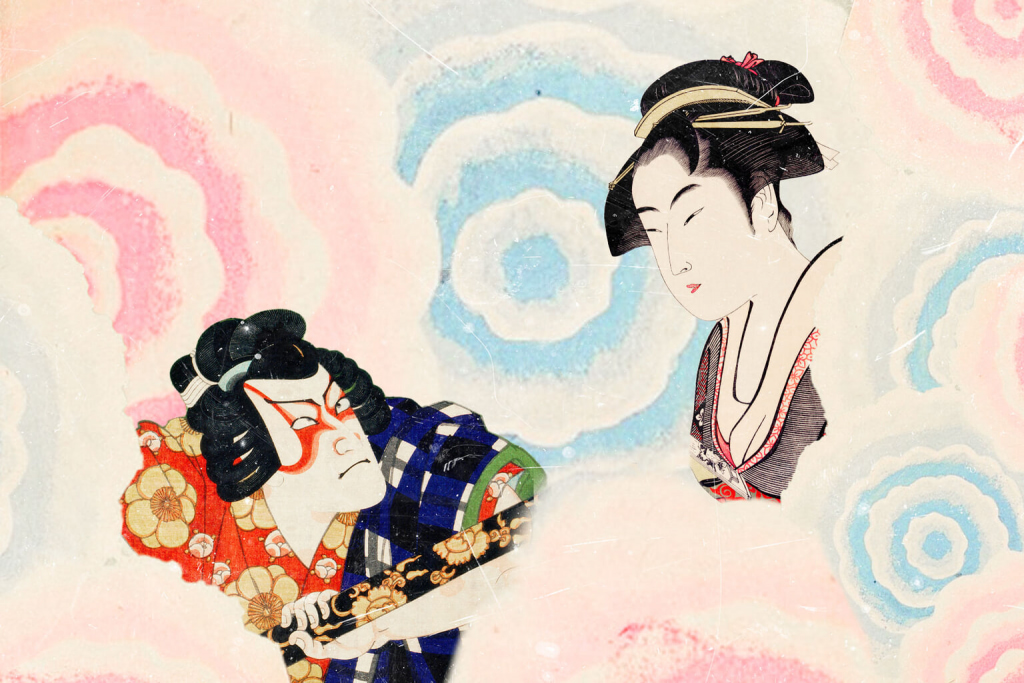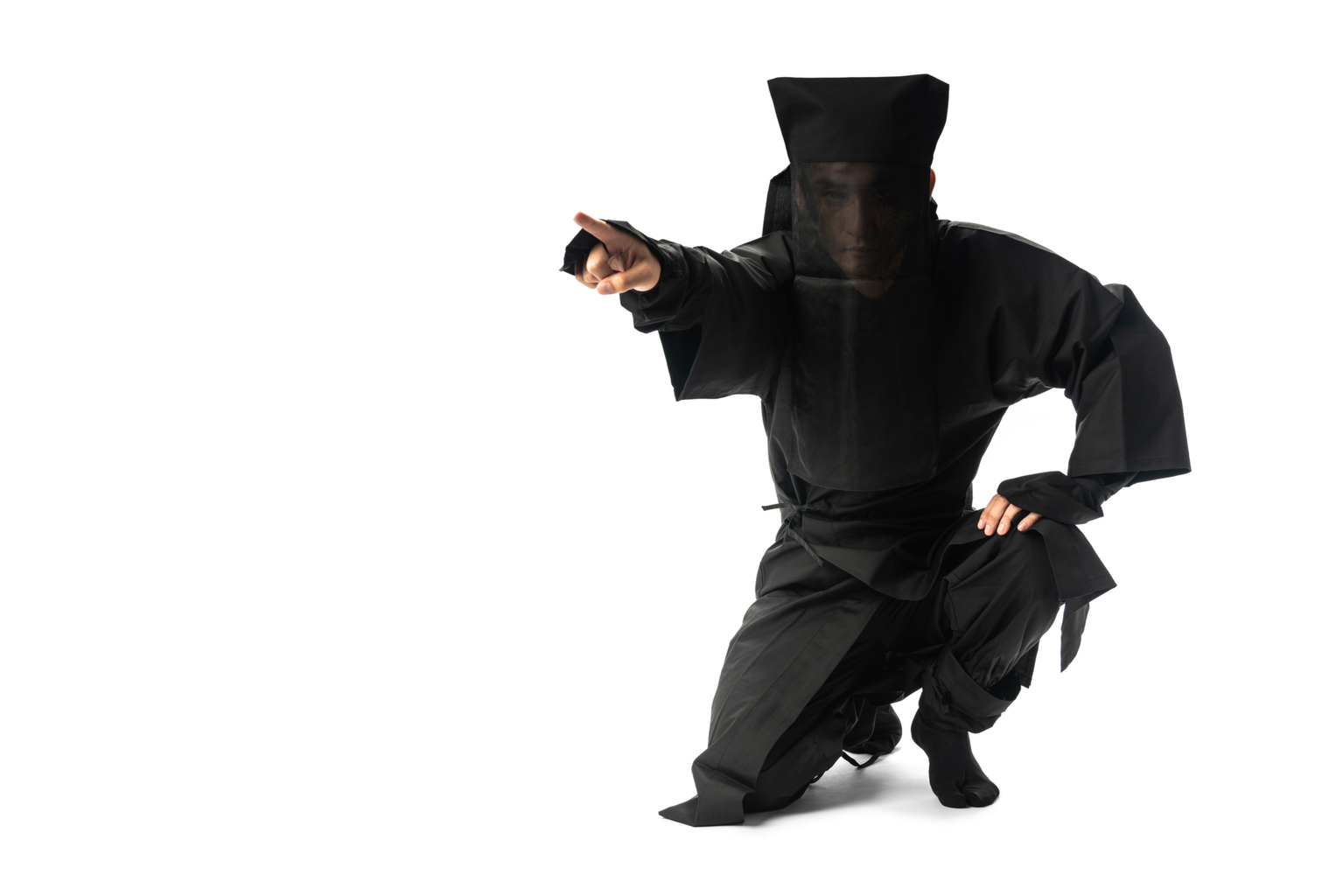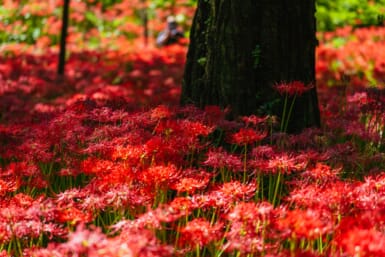Kabuki, a UNESCO-recognized Intangible Cultural Heritage of Humanity, is a form of classical Japanese theater characterized by its extravagant costumes, make-up, performances and a surprising lack of women’s bathrooms backstage. That’s because kabuki actors today are almost exclusively male. Of course, this isn’t enforced by law but rather by tradition. As snobby purists will tell you, women have traditionally not been a part of kabuki so why change things now? Well, the thing is, not only is that wrong, it’s the exact opposite of how this dance-drama came to be.
Kabuki Started Out as All-Female Theater Troupes
Kabuki as we know it was said to have been created in the 17th century by a woman named Okuni. She was a shrine maiden from Izumo who started organizing small performances of songs and dances (the literal meaning of “kabuki”) in the dry riverbed of the Kamo River in Kyoto. Her actors usually came from the lowest classes of Japanese society, including prostitutes, beggars and other social outcasts.
Another thing they all had in common was that they were all women. Their plays about historical events, love and our shared human experiences became an instant hit. Soon, Okuni and her troupe were performing for the Kyoto imperial court, which spurred the creation of other all-female troupes around the old capital and beyond. And they all lived happily ever after. Wait, what’s the title of this article again? Oh no…
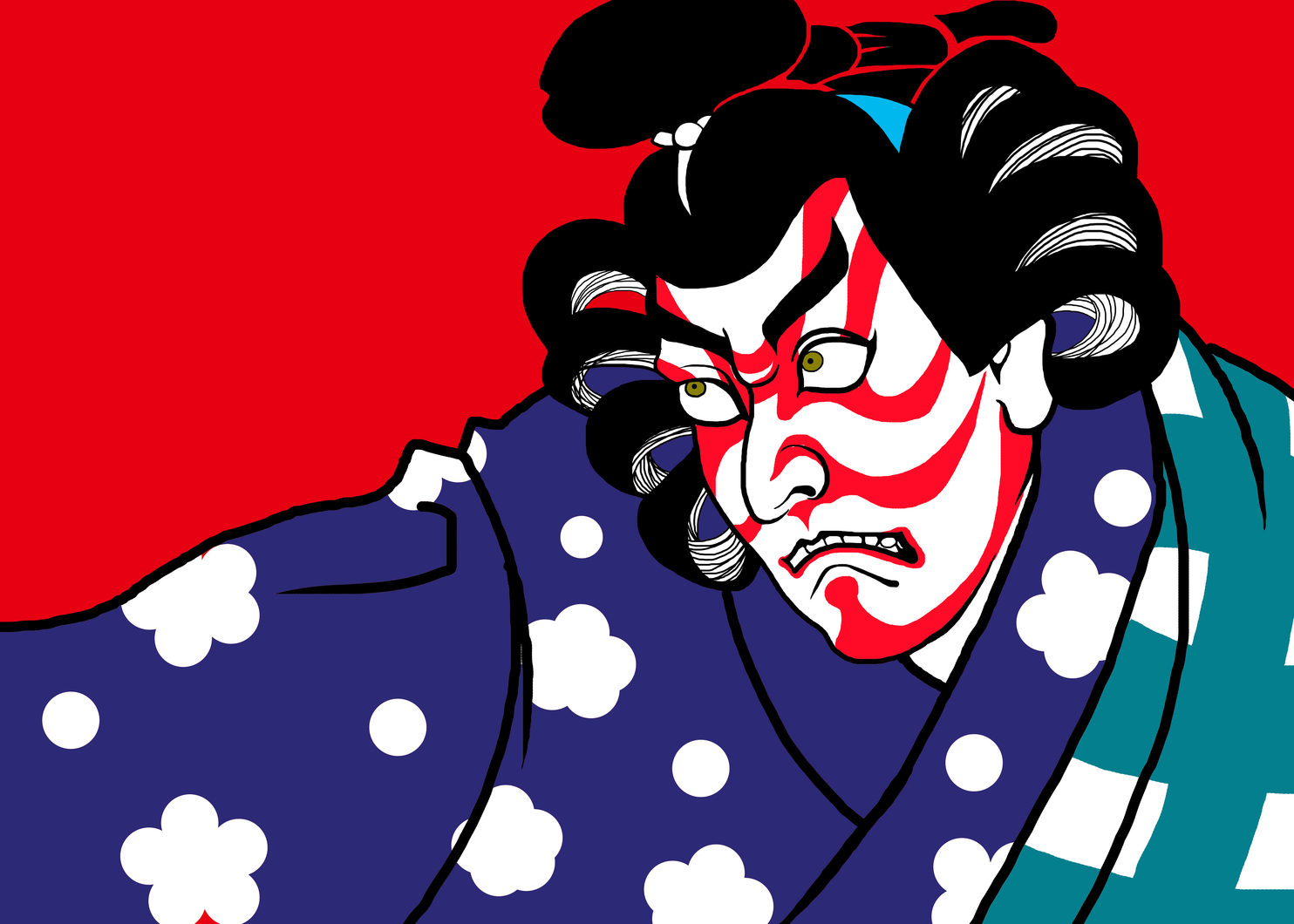
How Kabuki Became a Guy Thing and Helped Popularize the Bento
In 1629, the ruling shogunate flat-out banned all women from performing kabuki. The reason given was something about how kabuki was corrupting public morals. To be fair, a lot of early kabuki plays were provocative and erotic. And because a lot of the performers were prostitutes, there were many instances of sex work behind kabuki productions. But you have to understand that the Japanese government wasn’t really that prudish. In fact, in 1617, it approved the creation of Yoshiwara, a massive red-light district within Edo (old Tokyo) that also, unsurprisingly, had a vibrant kabuki scene.
What really irritated officials about kabuki was that it was popular with both high and low-born people, who got to mingle in the audience section. As a side note, since kabuki performances could and still sometimes do last the entire day, people eventually started bringing packed lunches with them to the shows, which became one of the foundations of the modern bento. Anyway, the mixed kabuki audience became a thorn in the side of the shogunate who wanted everyone to stick to their social class. One theory is that by banning women from the stage officials hoped it would make the art form lose momentum and eventually fizzle out. Instead, it led to the creation of a very interesting part of Japan’s LGBTQ+ history.
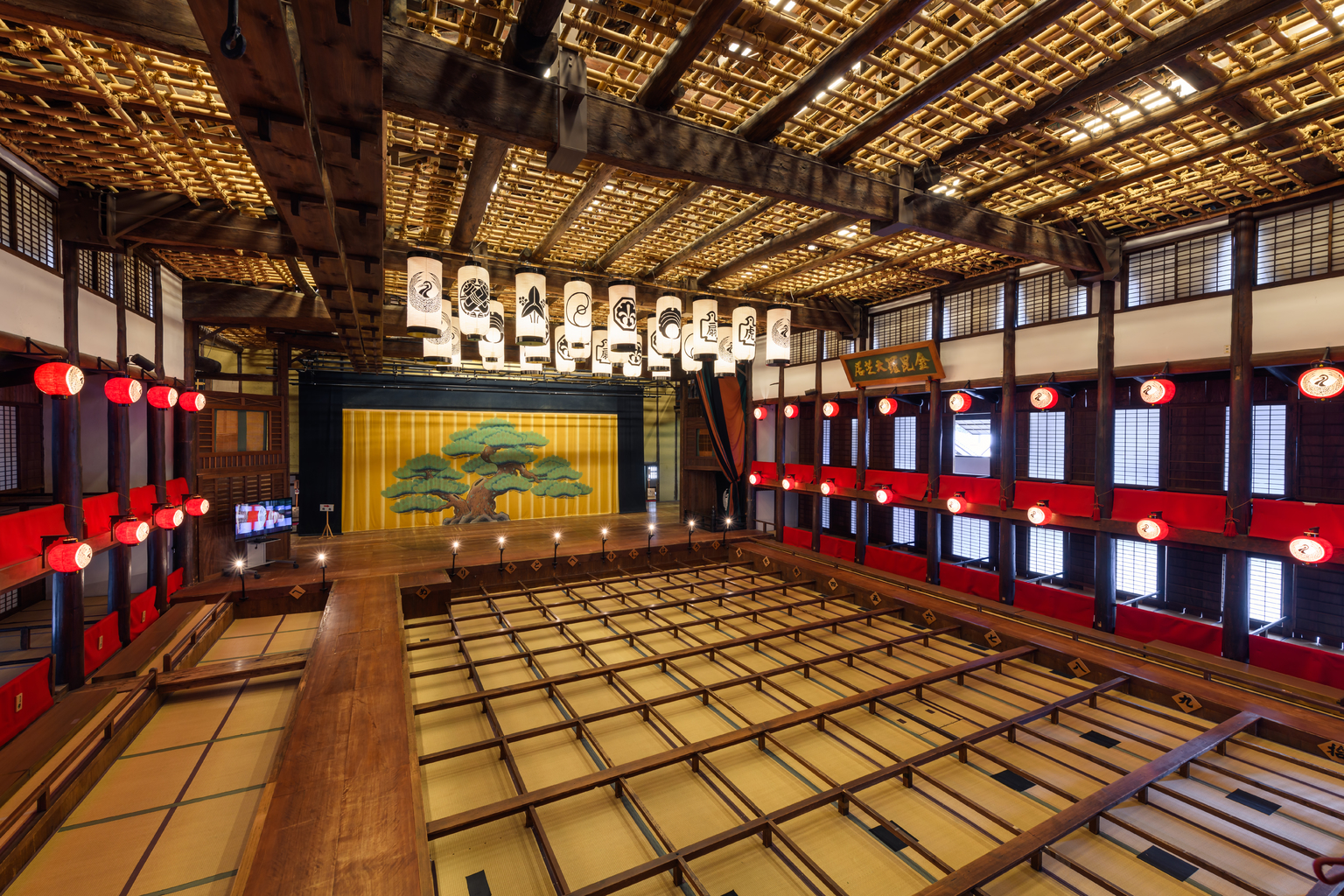
Onnagata: Dedicated Actors or a Third Gender?
With women prohibited from performing kabuki, the female roles had to be played by men. Over time, a whole specialized category of actors emerged: the onnagata, men who played women on stage. And, later on, also off stage. Around the 18th century when kabuki was at its peak, the most respected onnagata were the ones who lived, acted and dressed as women even when they were not performing. Those who allowed themselves to be seen outside wearing male clothes or, god forbid, with their wife and family, got absolutely destroyed in the press by theater critics.
The government ban on female kabuki performers was lifted in the late 19th century but women never returned to the stage. A lot of excuses were given for keeping the onnagata, such as how women supposedly didn’t have the physical strength to handle the heavy kabuki wigs and costumes, or how women didn’t think about being women. On the other hand, an onnagata, the kabuki conservatives would say, constantly analyzed what it meant to be a woman. They believed their outsider perspective made it easier to capture the true essence of femininity. Let’s ignore the fact that by that same logic, male roles should have been performed by women.
How the Absence of Women in Kabuki Helped Create the Modern Day Image of Ninjas
The shogunate not only banned women from the stage, it also forbade young men from performing kabuki. All the female roles then, even those of 16-year-old girls experiencing love for the first time, had to be played by middle-aged men. This required more make-up, better wigs and more elaborate costumes to sell the illusion.
All those extra props necessitated the assistance of the “kuroko” or “kurogo” meaning black clothing. They were stagehands who operated props and helped with costume changes and so on. They were dressed in black from head to toe to signal to the audience that they weren’t “really” there and should be ignored.
Eventually, some kabuki plays started using the kuroko as actors to portray ninjas, with their established “invisibility” being a great way to symbolically show that their characters were so stealthy, other people couldn’t see them. Some scholars believe that this is what created the modern pop-culture image of ninjas as assassins clad in all black. In reality, though, ninjas were primarily spies who wore regular clothing to not bring attention to themselves.
Is the Future of Kabuki Female?
Today, female kabuki performers exist, but they are a tiny minority. No one can stop them or discredit them as not being proper kabuki. There isn’t a single government agency or a guild or whatever that decides what “kabuki” really means. True, the artform follows a lot of traditions but, as we’ve established, women are very much part of those traditions. So maybe one day women will return in larger numbers to the very thing they helped create. It’d only be fair.
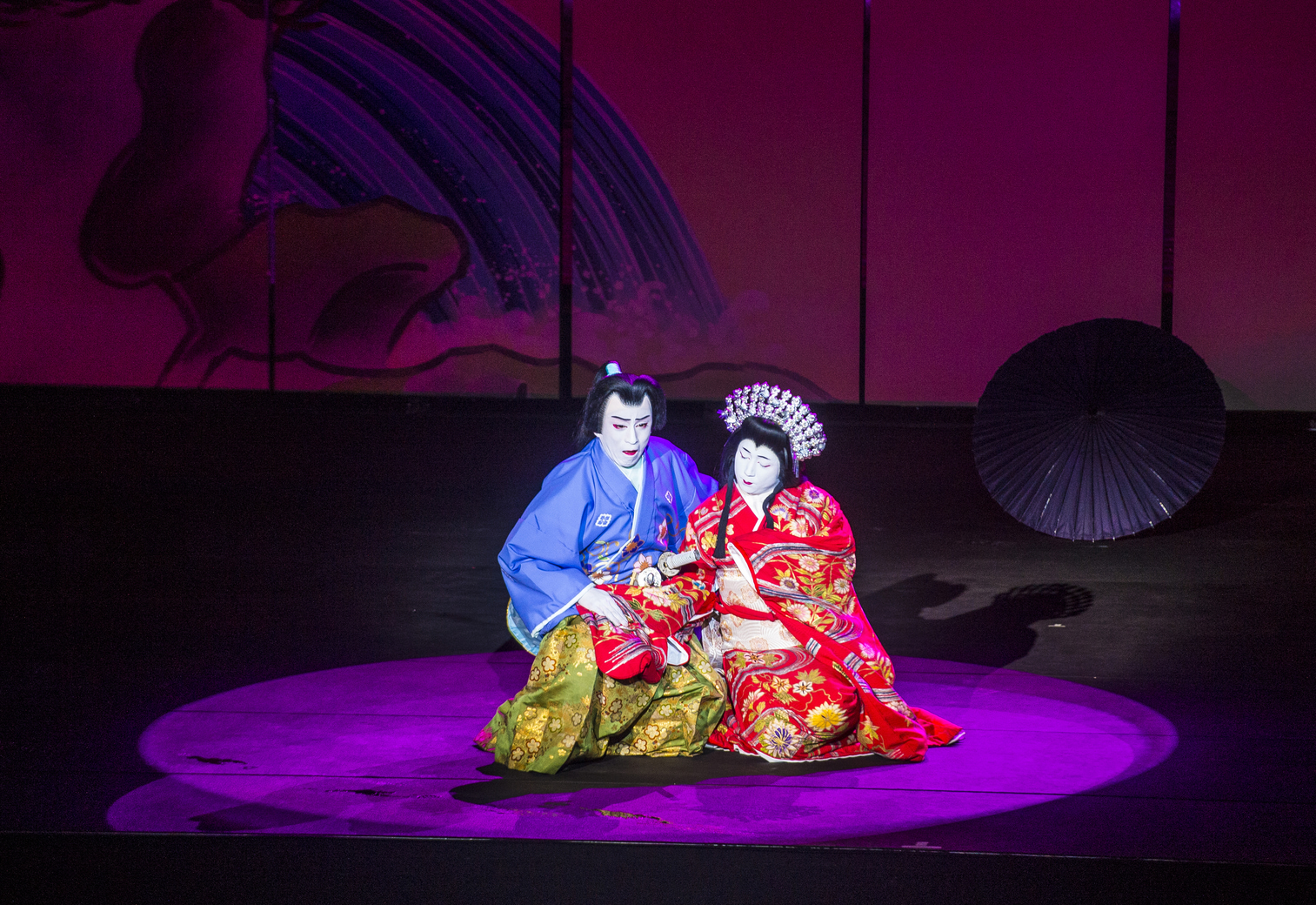
Traditional Japanese Kabuki performance in Las Vegas (2015)
Editorial credit: Kobby Dagan / Shutterstock.com
Find out more surprising stories from Japanese history:
The Story of the Blind Bankers of Edo Era Japan
What Age of Samurai Didn’t Tell You About Oda Nobunaga
Updated On January 11, 2022

